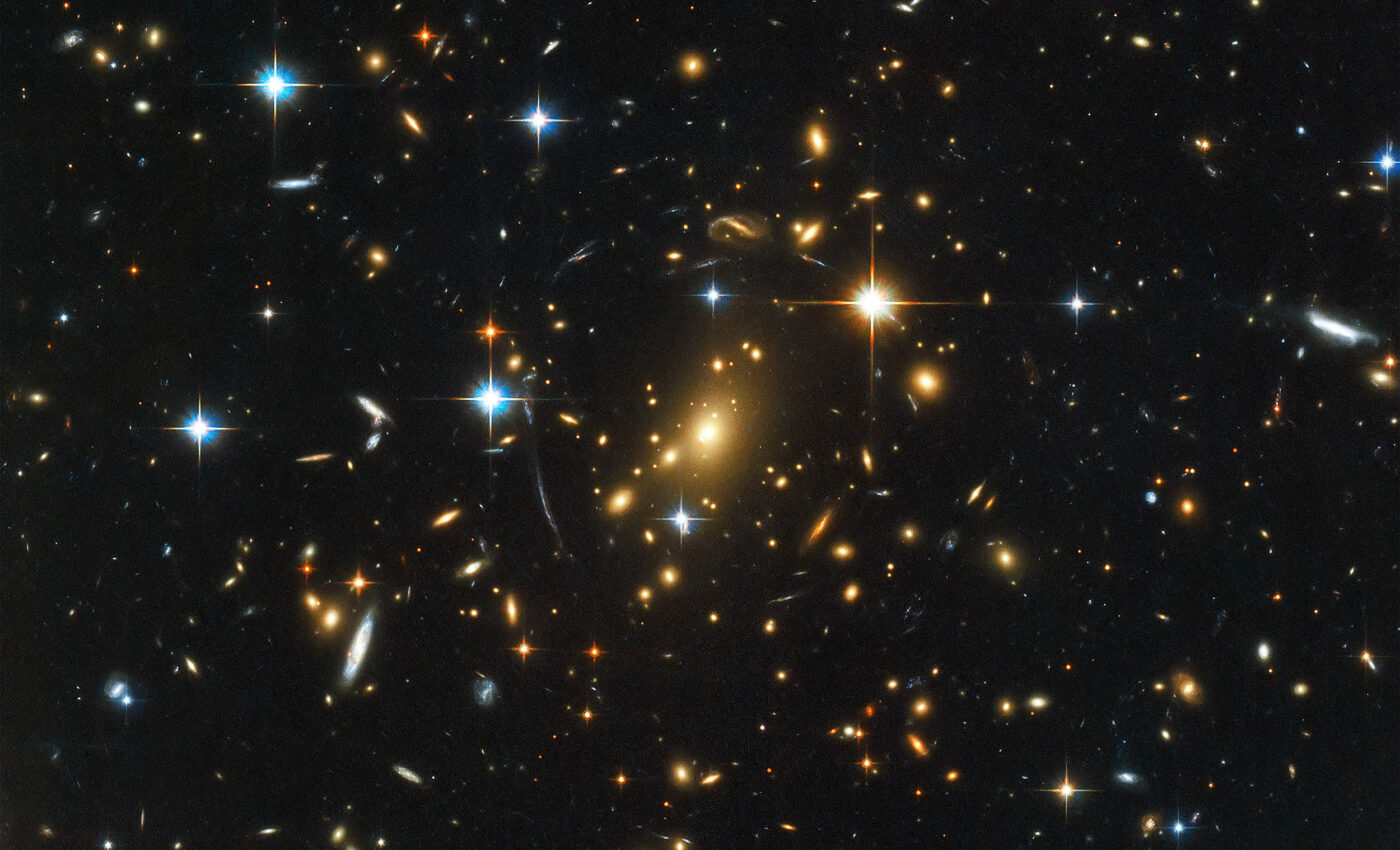
'Cosmic lighthouses' emanated the earliest starlight in the universe
Scientists have captured the first complete spectra of some of the earliest starlight illuminating the universe, emanating from “cosmic lighthouses.”
This remarkable achievement, using the James Webb Space Telescope (JWST), offers unprecedented clarity on the characteristics of very low-mass, newly formed galaxies that emerged less than a billion years following the Big Bang.
The research was conducted by an international team of researchers, including astrophysicists from Penn State.
A time of transformation
The spectra obtained through the study provide a window into the universe’s reionization period — a pivotal phase marked by the emergence of the first stars and galaxies.
Joel Leja, an assistant professor of astronomy and astrophysics at Penn State and a contributing author to the study, explains the significance of this era. Initially, the universe was a dense fog of hydrogen and helium nuclei.
Over time, as the universe expanded and cooled, these particles began to combine, forming neutral hydrogen.
However, between 500 and 900 million years after the Big Bang, this neutral hydrogen started to ionize once more, leading to the formation of stars and galaxies and dispersing the primordial fog, thus allowing light to travel freely through space for the first time.
Cosmic lighthouses
Leja describes this transformative period as one where “cosmic lighthouses” began emitting high-energy photons, clearing the fog of neutral hydrogen and reionizing the universe.
The study suggests that small, low-mass galaxies were likely responsible for this significant shift, with their young stars emitting the energy needed to heat and ionize the surrounding primordial gas.
Observing galaxies in the early universe
The research further benefits from the JWST’s sensitivity and the gravitational lensing effect of the Abell 2744 cluster, which magnifies the light from distant galaxies.
This unique combination has made it possible to observe small galaxies from the universe’s infancy, revealing that they outnumber larger galaxies by a significant margin during the reionization epoch.
The surprising role of diminutive galaxies
Hakim Atek, an astrophysicist at Sorbonne University and the lead author of the study, emphasizes the surprising finding that these diminutive galaxies produced ionizing photons at a rate four times higher than previously assumed for distant galaxies. This suggests that their contribution to the universe’s reionization was far more significant than anticipated.
The Penn State team, leading the modeling for the UNCOVER survey, analyzed the light from these distant galaxies to understand their properties, masses, and distances. This analysis informed subsequent JWST observations that confirmed the pivotal role of low-mass galaxies in cosmic reionization.
Sources of reionization
Previously, the scientific community had considered several potential sources for this reionization, including supermassive black holes and larger galaxies. However, the new findings provide clear evidence that low-mass galaxies were central to this process.
Looking forward, the researchers aim to expand their study to ensure that their observations are representative of the broader universe. Their work not only sheds light on the early stages of star formation and galaxy emergence from primordial gas but also on the evolution of the cosmos into the complex universe we observe today.
The study is published in the journal Nature.
—–
Like what you read? Subscribe to our newsletter for engaging articles, exclusive content, and the latest updates.
Check us out on EarthSnap, a free app brought to you by Eric Ralls and Earth.com.
—–













